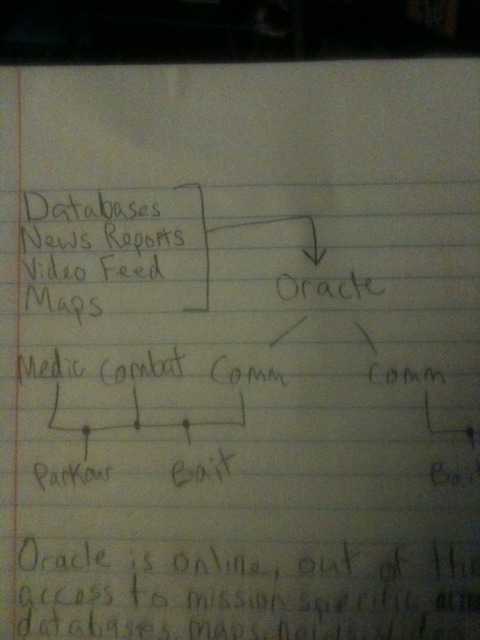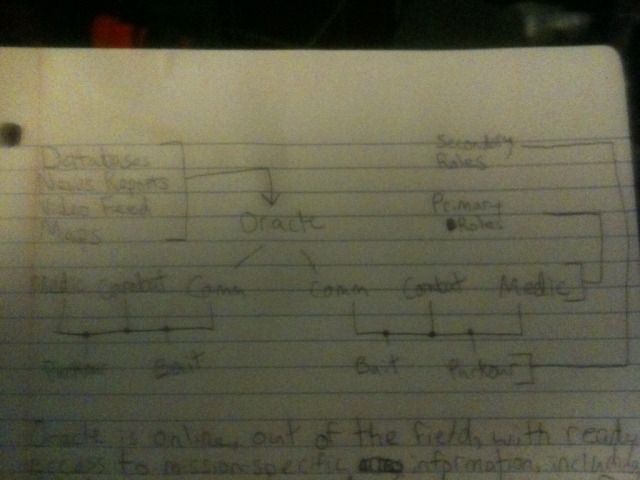Originally posted: http://www.parkrecord.com/ci_17129520
 Slamdance documentary takes aim at real costumed crime fighters
Slamdance documentary takes aim at real costumed crime fighters
Scott Iwasaki, Of the Record staff
Posted: 01/18/2011 04:27:15 PM MST
With the popularity of comic-book crime fighters such as Batman, Spiderman, the Fantastic Four and Watchmen, “Superheroes” director Michael Barnett and producer Theodore “TJ” James said they were surprised to find, at least to their knowledge, no one has released a feature-length documentary on real-life, costumed-citizen crime fighters.
“We have a deeply imbedded mythology of superheroes in our culture,” Barnett said during a teleconference with The Park Record. “TJ and I stumbled upon this story idea and we thought it would be a slice of pop culture that has risen from the pages of comic books and become a reality.”
“For me it was a great idea and concept,” James said. “But when you’re faced with such a brilliant idea, you think it’s been done 100 times before, but, and this is a fact, we did not find the definitive documentary on the subject.”
Donning their dynamic-duo investigator caps, James and Barnett began searching the web for these community protectors.
“When we started the research process, we found they all had MySpace pages, believe it or not,” James said. “There is a whole process to be a legit superhero and they all are also registered on a couple of websites, which has them prove they are what they say they are and post videos.”
From there the two started calling these superheroes, which number in the hundreds.
“Doing the research was frustrating because the subjects are not very communicative with the media,” Barnett said. “Lots of stories have marginalized them and that’s not what we wanted to do. We wanted to dive in, be honest and share their stories and tell the world why they do what they do.”
Barnett and James ended up talking to more than 100 of these do-gooders and began narrowing the list.
“We wanted to find those who were most compelling, and/or the ones we thought we could get the most access from,” James said. “It took a while to find them, but eventually we found some great characters and great stories.”
The film’s characters hail from Northwest Florida, the Pacific Northwest, New York and Southern California.
“They are not connected geographically, but are doing same thing,” Barnett said.
While conducting the interviews, James and Barnett found being a superhero is not all about wearing a cape and cowl and subduing criminals. Another aspect of the word “superhero” means being prominent members of their communities,
“They do the most,” Barnett said. “They are active in communities, whether they participate in crime patrols or community out-reach or other volunteer work. Every part of the country has a different need. Some do tornado relief. Some do blood drives. Some do water handouts to the homeless and some clean your windshields for free at stoplights.”
There are also those who were inspired by the volunteer and unarmed crime patrollers, the Guardian Angels, Barnett said.
“The ones we focused on are the next evolution of the Guardian Angels,” he explained. “The Guardian Angels were ridiculed at first, but slowly they became liked. It’s now a hugely politicized and publicized organization. These guys we talked to don’t want to be a part of something political. They want to make change from the ground up.”
The ones who do go after criminals all have different methods, Barnett said.
“There is one who goes after child abductors and pedophiles in Southern California,” he said. “He focuses on a single case and brings as much exposure to it as he can. He brings to light any new facts and puts up his own reward money for information, and plasters the area with flyers.”
Then there is a group in New York, called the New York Initiative, whose members live together in Bushwick in Brooklyn.
“They are all from different parts of the country and met online and moved to New York,” said Barnett. “They dress up a girl in a provocative outfit or a guy as a male hooker and they patrol with walkie-talkies, and try to root out criminality.”
“It was usually 2 a.m. or 3 a.m. on Friday and Saturday night when we would go out with them,” James said. “And it was pretty nerve-wracking.”
James served as the voice of reason when his film crew placed themselves in potentially volatile situations, which ranged from being accosted by drunken “frat boys” in San Diego, to confronting drug dealers in New York’s Washington Square Park.
“I was the one who was always afraid of someone getting hurt, but it’s been exciting to say the least,” he said.
“Here’s how the conversations went,” said Barnett. “TJ: ‘Very dangerous.’ Me: ‘I know. Let’s shoot it.’ But there were times when even I was literally too petrified to move.”
Before work started on the film, Barnett and James decided “Superheroes” wasn’t going to romanticize or glorify the idea of vigilantism. They wanted to show the public there are people who want to be superheroes and do what they can to make their communities better.
“It’s not for us to judge how these guys use their energy, whether they help a homeless person or catch criminals,” Barnett said. “They simply want things to be good and by being is how they do it.”
While the idea of being a superhero usually surrounds strong men such as Bruce Wayne who are in their prime, Barnett and James found the ages of the real-life superheroes range from 20 to 65.
“I think it takes a little while for anyone to gain some experience in life to push them to do something like this,” Barnett said. “If we generalize, it will lead us to say that a lot of these people have experienced some kind of trauma they are in some way compensating for, which materialized into (becoming a superhero).”
Others, said James, just wanted to get involved.
“Some experienced and witnessed people being apathetic to crimes all around them and that’s also has been a big driving force,” he said.
“We do hope no one gets hurt and nothing bad happens to these people who are very special to us,” Barnett said. “We have an honest film that will hopefully inspire dialogue and maybe even action to go out and do something to make the world better.”
Since they started working on the film, James and Barnett found a rise in the number of real-life superheroes.
“We started before the film ‘Kick Ass’ came out,” Barnett said. “After it came out last year, we found a lot of new real-life superheroes which were inspired from that film.”
Surprisingly most of the up-starts are from Salt Lake City, he said.
“We rolled into Salt Lake for a few days and it was overwhelming,” James said. “There are at least 20 of them who are in a group called Black Monday Society.”
“They are all tattoo artists working at least 100 patrols,” Barnett said. They are really passionate about the movement, and looking for ways to find to network and learn. They are very special people and will be at our screening.”
Slamdance Film Festival will show “Superheroes” in Treasure Mountain Inn’s main screening room, 255 Main Street, on Friday, Jan. 21 at 5:30 p.m. It will repeat on Wednesday, Jan. 26, at 8:30 p.m. in the Treasure Mountain Inn’s gallery room. Both screenings will also feature Mary Robertson’s “Missed Connections.” Individual tickets will be available Jan. 21, beginning at 9 a.m. at www.slamdance.slated.com/2011.






